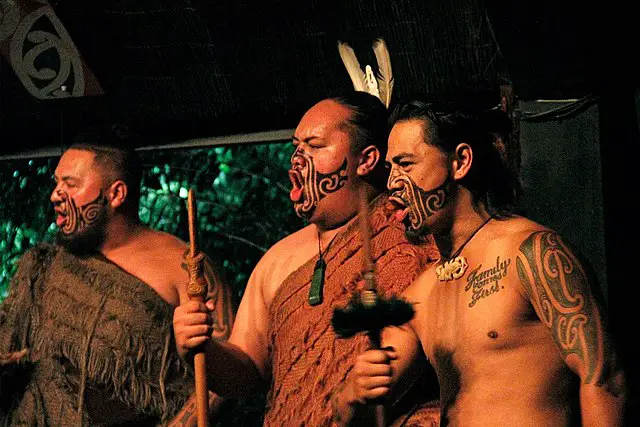They Crossed an Ocean Bigger Than the Moon
Let’s just start here:
The Pacific Ocean is bigger than the surface area of the Moon.
And the Polynesians, with no maps, no compasses, no GPS, no steel, managed to explore, settle, and thrive across it.
That’s not a metaphor. That’s not myth.
They actually did it.
And the crazy part?
Most people still have no idea how.
They Made the Pacific a Neighborhood
We like to think space travel is the peak of exploration, but hear me out: the Polynesians were doing something just as wild. They took double-hulled canoes the size of trucks and launched themselves into the unknown.
We’re talking about a culture that spread from New Zealand to Hawai’i to Easter Island. That’s like sailing from Norway to the tip of Africa, and then throwing in a detour to Argentina for fun.
No metal. No written language. Just deep, inherited knowledge. A kind of ocean literacy that feels almost mythical today.
How Do You Navigate Without Tools?
Imagine standing on the deck of a canoe made from trees you chopped down yourself. No engine. No satellite to ping your location. Just the wind, the waves, and a whole lot of guts.
Now imagine sailing that thing thousands of miles across open ocean, not just once, but over and over again, for generations.
From Hawaii to New Zealand, from Rapa Nui (Easter Island) to tiny atolls barely above sea level, Polynesians turned one of the most dangerous places on Earth into a string of connected homes. And they did it before the Romans had figured out how to cross the English Channel without freaking out.
It wasn’t just travel. It was mastery.
So Who Were These People?
The word “Polynesian” covers a wide cultural and linguistic family that includes Hawaiians, Samoans, Tongans, Maoris, Tahitians, and more. But they all trace their roots to a remarkable group of seafaring people who began moving eastward from Taiwan and the Philippines around 3,000 years ago.
First they settled in Micronesia and Melanesia. Then, something shifted.
Somewhere around 1000 BCE, a small group pushed farther, beyond the visible islands, beyond the birds flying home at dusk, into what’s now called Remote Oceania. This wasn’t just a geographic move. It was a mental leap.
They went from island-hopping to straight-up ocean conquest.
Their Boats? Basically Spacecraft on Water
Modern people tend to picture “canoe” and think of something you paddle down a calm river on a camping trip.
Nope.
Polynesian voyaging canoes were sophisticated, double-hulled catamarans, some as long as 60 to 100 feet. Strong. Balanced. Fast. Capable of carrying families, food, animals, and the tools to start an entirely new life somewhere else.
They were the space shuttles of the sea, except built by hand from natural materials, with no blueprints, and entirely navigated by reading the environment.
It’s almost impossible to overstate how impressive that is. These boats were built to handle weeks at sea, not knowing when land might appear. And the people on them weren’t passengers. They were scientists. Artists. Astronomers. Philosophers. Survivors.
The Real Payoff: What This Means for Us
Why does this story matter?
Because it changes the way we see human history.
The Polynesians weren’t lucky castaways. They weren’t passive victims of their environment. They were engineers, explorers, and artists who solved one of the hardest problems on the planet: how to thrive in a water world.
They built societies on remote rocks in the middle of nowhere. They brought pigs, chickens, bananas, and breadfruit. They sang songs across waves and carved memories into stone. They taught their kids to watch the stars like they were old friends.
And they did all of this with nothing but knowledge, courage, and a stubborn belief that there was always something new out there, just beyond the horizon.
Sources:
1. Polynesian Voyaging Society https://hokulea.com/
2. BBC – The Genius of Polynesian Navigation
3. Smithsonian Magazine – Rediscovering Polynesian Navigation

